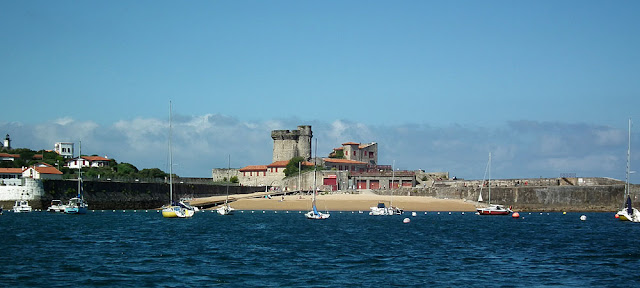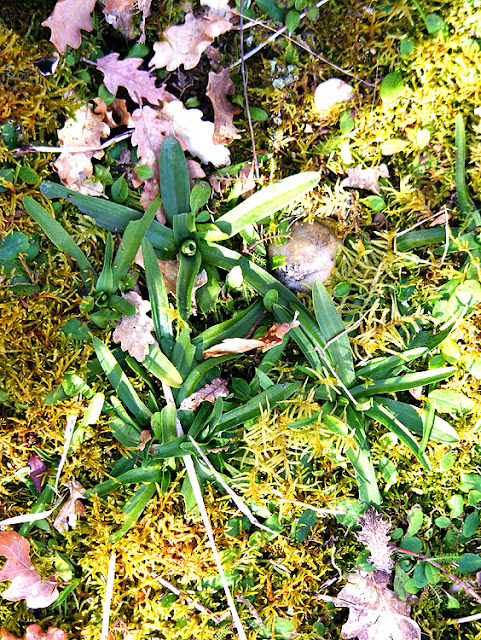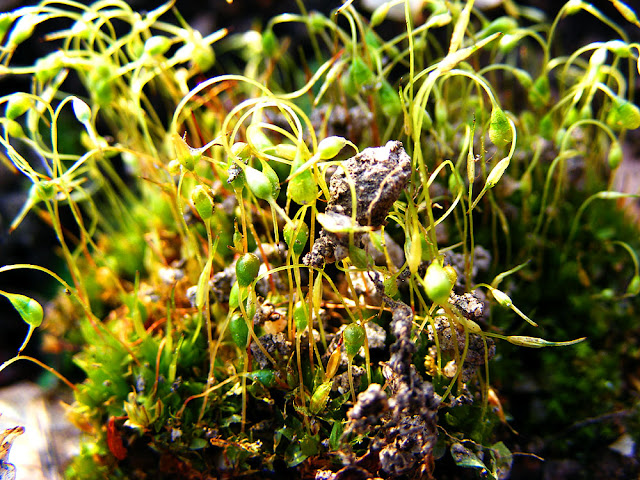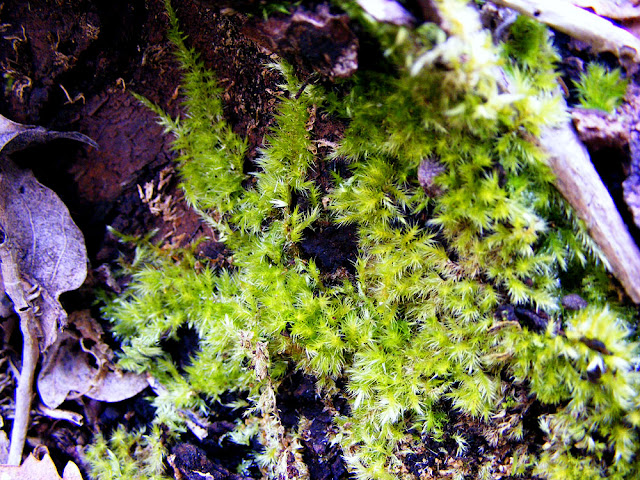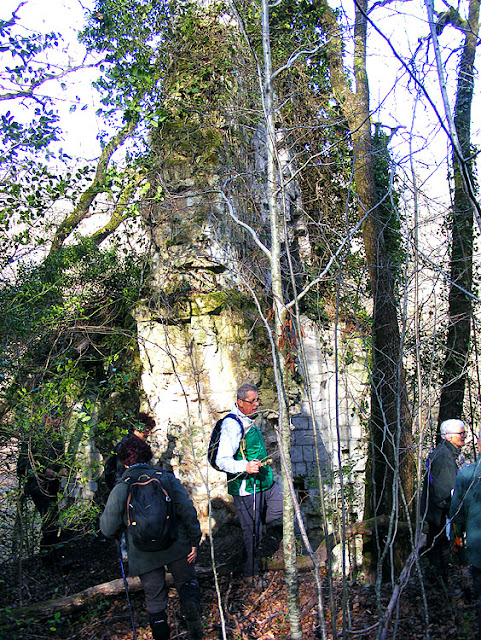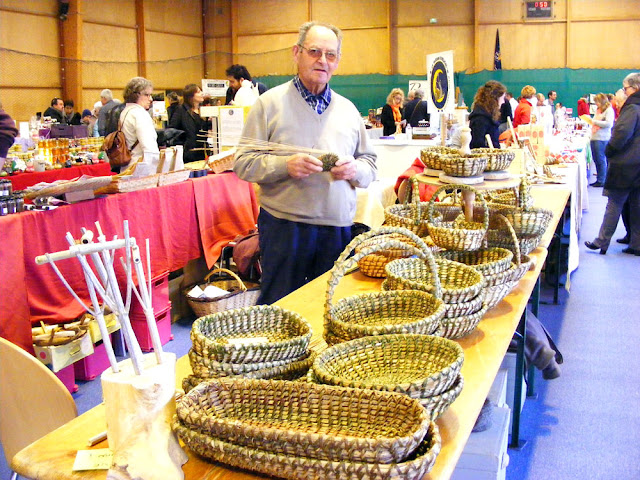Poultry in refrigerated lockers.
These are beginning to be known as 'casiers de campagne' ('country checkouts'), self-service facilities selling local products seven days a week. The one in Paulmy has been open for just under a year now, and the municipal authority is a big fan. They encourage others to do it at every opportunity. The deal is the local authority acquires or provides a premises and local producers form an association to keep it stocked and run it.
The meat cabinet.
Paulmy is a rural community with a population of 240. There are no shops, and the last business in town, the bar, closed in 2011. The mayor sought a solution that would re-energise the centre of the village, and create a local service. He didn't want the local council to have to manage it, as he felt that was too risky. Instead, he asked a group of local producers to form an association and create a distribution point for their produce, in the form of self-service vending machines in a public building. The really clever part of the idea is making it a joint venture, whereas up till now this sort of thing has only been present on individual farms.
Juice, fruit, eggs, terrine and vegetables.
In 2018 the municipality bought the former bar and renovated it, funded by a combination of municipal investments and grants. At the same time they encouraged a group of six local producers to form a company, which would come to be called Casiers de campagne. As part of the renovation the municality installed doors that automatically lock and unlock; a surveillance camera; airconditioning set to 18C; and a cold room for storage. For their part, the producers company bought the vending cabinets, some of which are refrigerated; and a bank card machine for taking payment (no cash is taken).
Terrines and vegetables.
Opened in March 2019, the distribution facility is open seven days a week, from six in the morning to eleven at night. There are 94 lockers, for divers types of products: poultry and eggs, cheese, vegetables, fruits and juice, bread, pastries and baked goods. The local produce is complemented by non-perishable store cupboard basics: flour, pasta, lentils, rice. Purchasing is effected by bank card at the facility, or when ordering directly from the producers. Orders are placed in a locker and the customer is given a code. In time, once the village gets fibre optic, the mayor envisages that orders will be able to be placed online.
There are six producers in the company, one of whom is a baker. They all come from within a ten kilometre radius of Paulmy, and they co-ordinate the restocking of the lockers themselves. Because they have the cold room, any of them can come and restock for all of them. The baker calls in three times a day to restock the baguette distributor, a service that is highly valued by the residents of Paulmy. The takings, €32 420 in the first six months, have been slightly lower than expected, but the producers are happy with this type of co-operative selling and have recently increased the number of lockers.
For the municipality, creating a shop where there was no shop was a bit of a challenge. But the mayor is really happy with how it has created a new meeting place for the community and provides a real service to the local area. The Communauté des Communes Loches Sud Touraine (67 municipalities, population 52 000), who were one of the grant givers for the project, are following the experiment closely, with the idea of duplicating the facility in other municipalities. Paulmy's mayor says it can be done in other places, but the Comcom doesn't hold the key -- the local councillors do.
The municipality invested €65 000 to buy the building and €10 000 on improvements. The remaining work (a total of €27 000) was covered by a grant from the Rural Communities Equipment Agency (DETR) and funds from the inter-municipalities economic development budget. On their side, the producers acquired the 94 vending lockers for €43 200. Forty percent of that was covered by the Chamber of Trades and forty percent by the Leader fund.
************************************************
For details of our private guided tours of chateaux, gardens, wineries, markets and more please visit the
Loire Valley Time Travel website. We would be delighted to design a tour for you.
We are also on
Instagram, so check us out to see a regularly updated selection of our very best photos.

